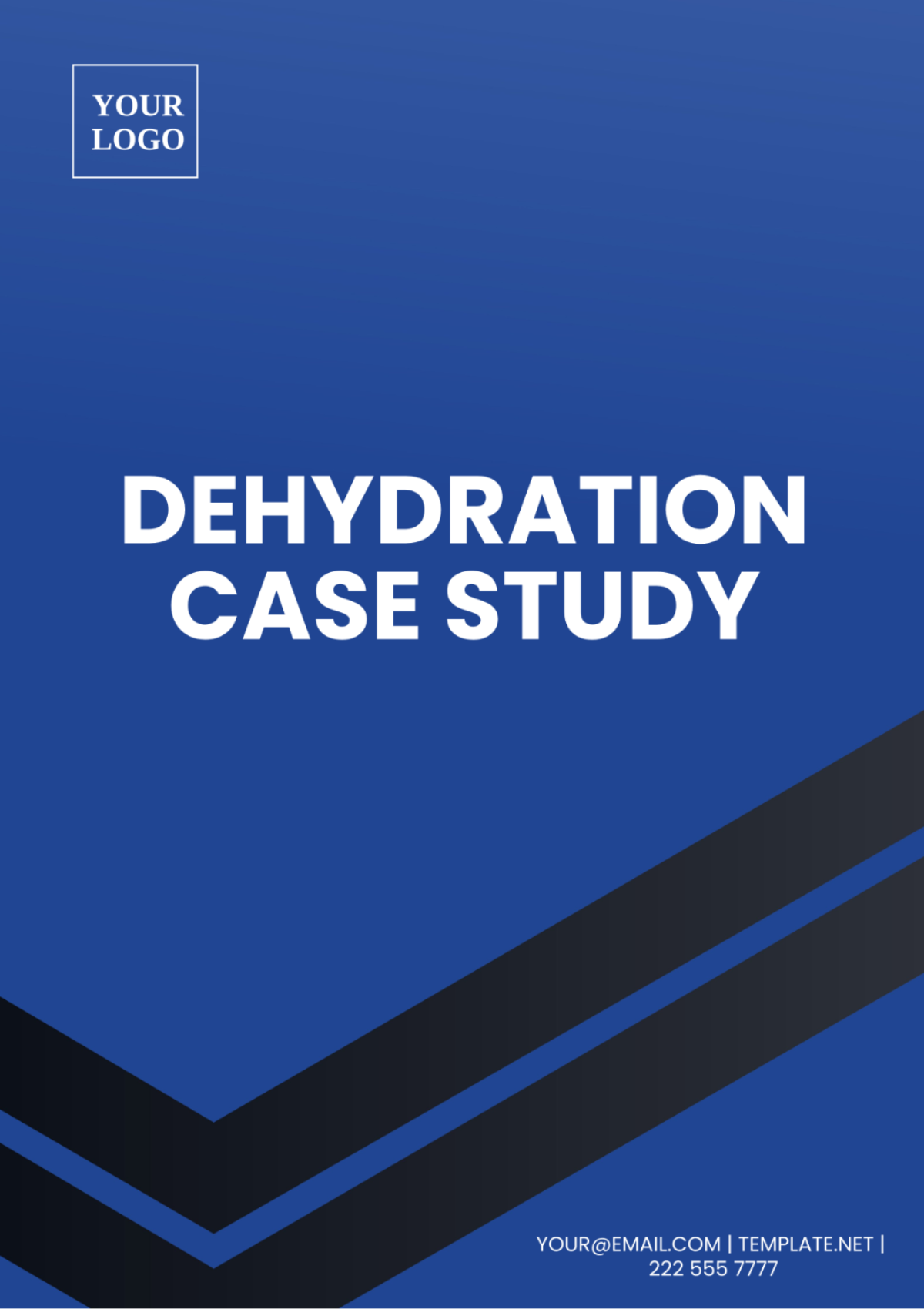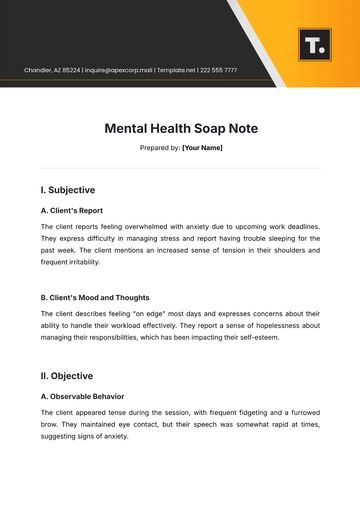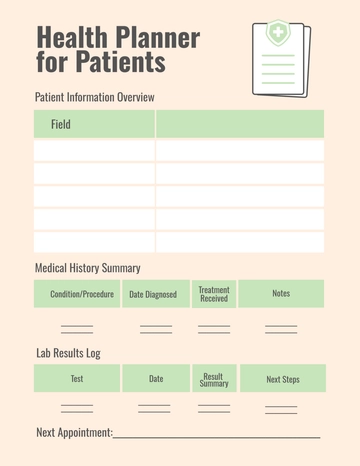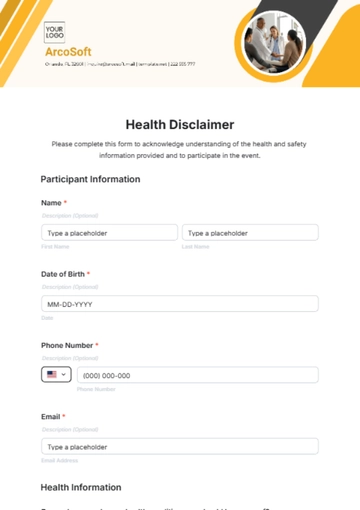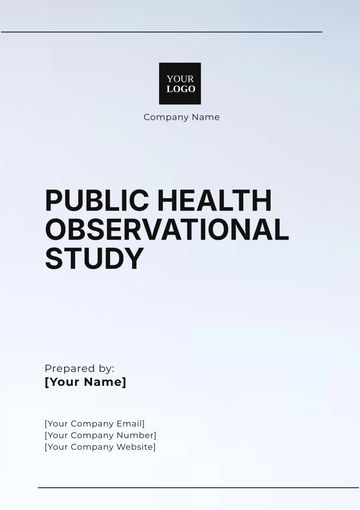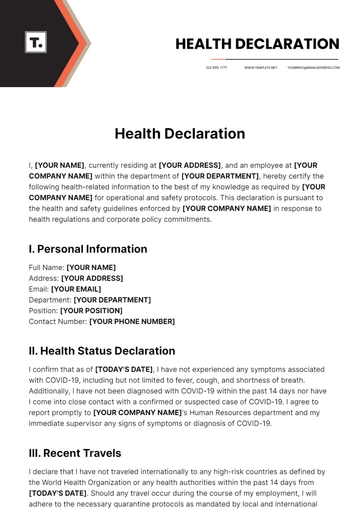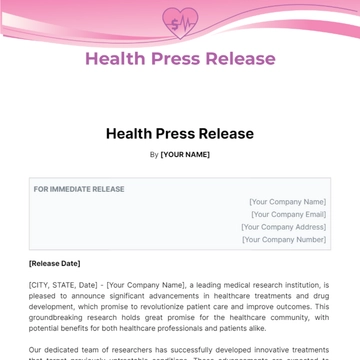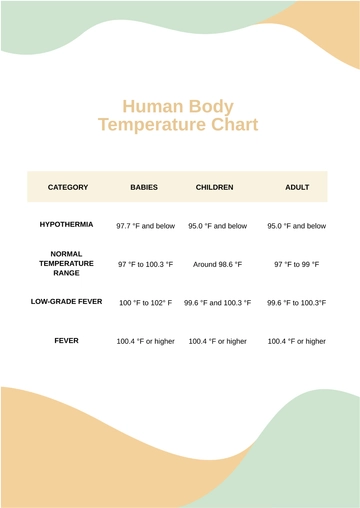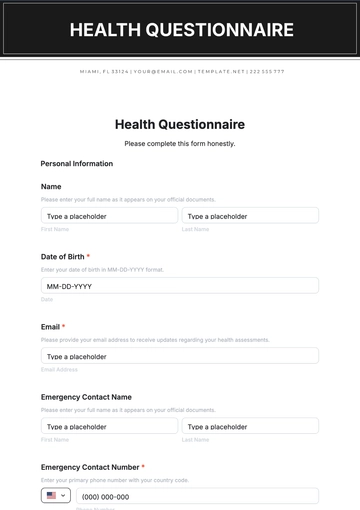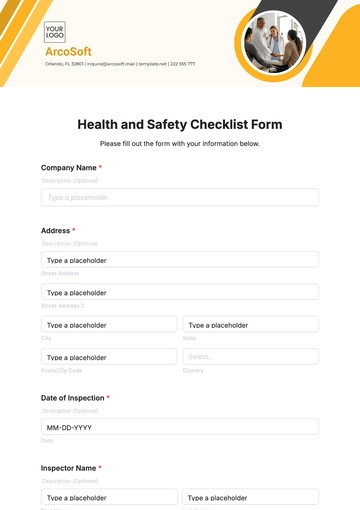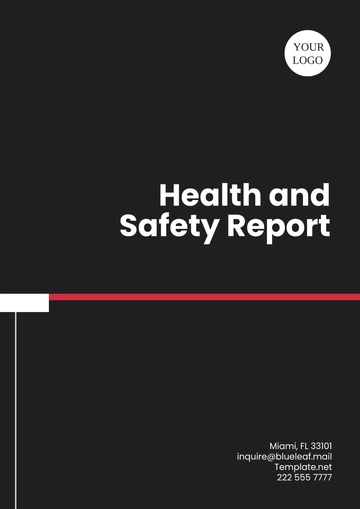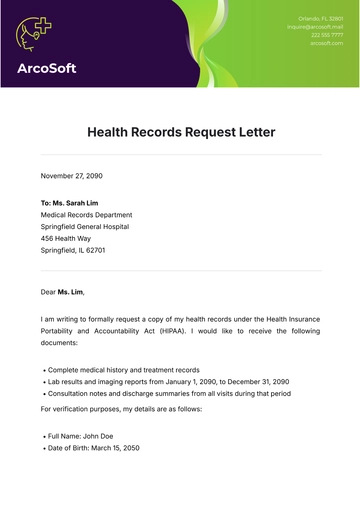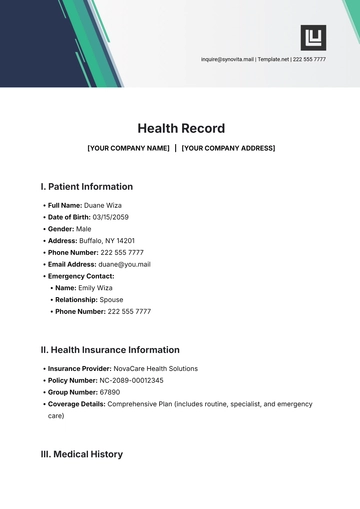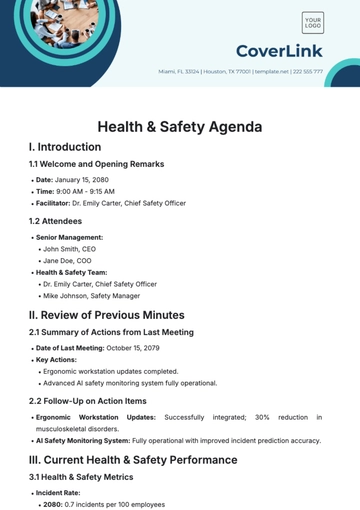Dehydration Case Study
I. Introduction
Dehydration is a common medical condition characterized by an inadequate fluid balance in the body, resulting in a depletion of bodily fluids. It can occur due to various factors such as excessive sweating, vomiting, diarrhea, or insufficient fluid intake. Understanding and effectively managing dehydration are crucial aspects of medical care, especially in vulnerable populations such as the elderly or those with chronic illnesses.
II . Patient Background
[Patient Name]
Presenting Complaint
Onset of symptoms: [Date]
Chief complaints: Fatigue, dry mouth, decreased urine output
Duration of symptoms: 2 days
III. Symptoms and Signs of Dehydration
3.1 Physical Examination Findings
Mucous membranes: Dry mucous membranes, particularly the oral mucosa appearing sticky, suggest dehydration. Dryness and stickiness in the oral cavity are common manifestations of reduced body fluid levels.
3.2 Laboratory Investigations
Other relevant tests (CBC, CMP): Complete Blood Count (CBC) and Comprehensive Metabolic Panel (CMP) results are within normal limits, indicating no significant abnormalities in hematological parameters and organ function beyond what is expected in dehydration.
IV. Diagnostic Tests Conducted
4.1 Urinalysis
Findings: The urinalysis showed an elevated urine specific gravity, indicating concentrated urine. This finding is suggestive of dehydration, as the body tries to conserve water by producing concentrated urine when fluid intake is insufficient.
4.2 Basic Metabolic Panel (BMP)
Purpose: The Basic Metabolic Panel (BMP) is performed to evaluate electrolyte levels and renal function. It includes tests such as sodium, potassium, and creatinine levels, which are essential in assessing hydration status and kidney function.
Findings: The BMP revealed mild hyponatremia (low sodium levels), which can occur in dehydration due to relative water excess compared to sodium levels. However, renal function, indicated by creatinine levels, was normal, suggesting adequate kidney function despite the electrolyte imbalance.
V. Treatment Administered
5.1 Fluid Replacement Therapy
Type of fluids: Intravenous normal saline (0.9% NaCl) solution, 1 liter, is administered to replenish lost fluids and correct dehydration. Normal saline is isotonic, closely resembling the body's natural fluid composition.
Monitoring parameters: Hourly monitoring of fluid intake/output and vital signs (including blood pressure, heart rate, and temperature) is essential to track the patient's response to fluid therapy and detect any complications such as fluid overload or electrolyte disturbances.
5.2 Electrolyte Correction
Monitoring response: Serum electrolytes, including sodium levels, are monitored every 4 hours to assess the patient's response to electrolyte correction. Close monitoring helps prevent rapid fluctuations in electrolyte levels and ensures safe correction of hyponatremia.
VI. Outcomes of Treatment
6.1 Short-term Response
6.2 Long-term Follow-up
Follow-up visits: Weekly follow-up visits are scheduled for the next month to monitor the patient's hydration status, electrolyte levels, and overall health. Regular monitoring helps prevent the recurrence of dehydration and electrolyte imbalances.
Patient education: The patient is taught about the necessity of proper hydration, especially in hot weather or during exercise. They're advised to watch for dehydration symptoms like intense thirst, dry mouth, or dark urine and get medical attention if they continue or worsen. This knowledge enables the patient to take steps to prevent dehydration.
Case Study Templates @ Template.net
